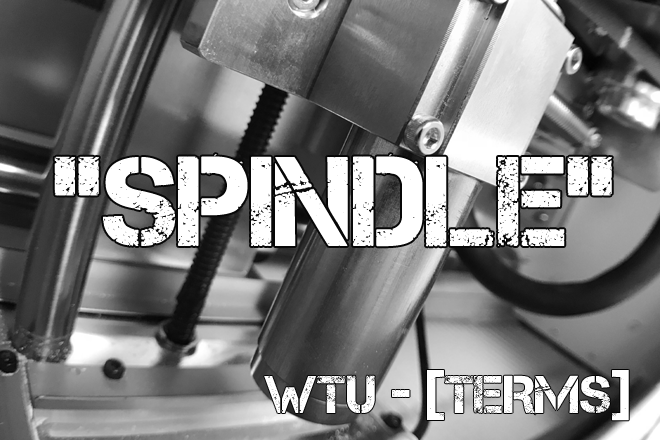
What’s a “Spindle”?
[spin·dl] – Noun
The spindle is the business end of the dental milling machine. The term “spindle” refers to the mechanism that provides the power for the cutting tool. The spindle spins the cutting tool at high speed and supplies all the cutting force required for milling. If someone is talking about a spindle, they’re talking about the entire rotating assembly that holds the tool. This usually includes the spindle motor and tool changer mechanism.
Interesting Details about Spindles:
-
Spindles are costly wear items
Unfortunately, spindles wear out. It’s usually the costliest repair that we do on our milling machines. Depending on the machine they can cost up to $10k to replace. Be sure to consider this cost when you’re shopping for a milling machine. You can count on it coming up at some point – usually outside of the machines factory warranty. To prolong the life of your spindle, make sure to maintenance your machine regularly.
-
How hard is it to replace a spindle?
The difficulty of the job varies from mill to mill. The cost of a service call to replace your spindle can be huge, and it’s on top of the cost of the part. When you’re shopping for a machine ask if the spindle is user replaceable. On some mills, you can change it yourself in minutes. This can be a huge cost savings for labs willing to get their hands a little dirty.
-
The number one killer of spindles is bad compressed air
Most spindles utilize compressed air to cool their bearings. In fact, many of them run air directly past the high precision ceramic bearings. If the air is dirty or wet, it can corrode the bearings and greatly reduce the service life of the spindle. If your spindle is air cooled, it’s a must to invest in proper air filtration and drying.
-
Spindles come in all shapes and sizes
They can vary greatly in terms of power output. Some dental machines have as little as 100 watts of spindle power output, while others can range into the kilowatts. Spindle power output is correlated to machine cost. More power costs more. Machines designed to cut hard materials like titanium require much more robust spindles to get the job done. This is a major driver of the cost difference between desktop mills that are meant for soft materials and the more “industrial” breed of machines capable of milling hard materials.
-
Spindles and tool changing: Different schools of thought
Dental milling processes require several different sized tools to accomplish the job. Most dental milling machines utilize a tool changing mechanism that’s build into the spindle. Other designs use either multiple spindles or an externally mounted system. The way the manufacturer goes about this design decision impacts the cost and complexity of a spindle repair. As a rule of thumb, the simpler the better.
-
When the time comes: Rebuild or replace?
Many of the higher end spindles are rebuildable. You can save a major portion of your replacement cost by using a refurbished unit. If you utilize factory refurbishment, or the services of a reputable rebuild shop – the spindle will perform like new. If you’re a higher production lab, it might make sense to have a spare on the shelf ready to swap out. This move can save days of down time.
Thanks for reading! We hope this break down of the term “spindle” has been of value. Stay tuned next week for another post like this!

